Horse flies are stout, blood-sucking flies from the Tabanidae family and in the insect order, Diptera. These flies carry swamp fever, which is fatal to horses and causes painful bites to both humans and animals.
How to get rid of horseflies? Commercial mechanical traps and bug zappers attract the horse flies using their lights, and once they get closer, they’ll get electrocuted. Furthermore, you can also use homemade mechanical traps like sticky fly traps and bottle traps with rotten meat.
In this article, we’ll tackle more about houseflies, such as what they look like, what they’re attracted to, and many more.
What Are Horse Flies?
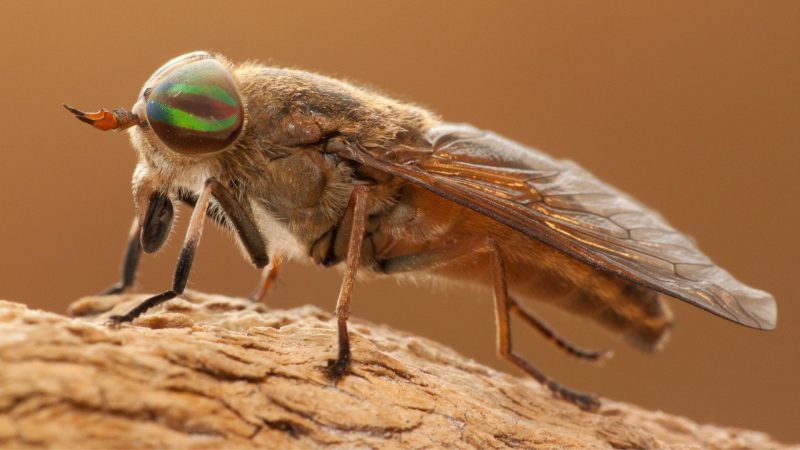
Horse flies are blood-sucking insects from the Tabanidae family and the insect order Diptera. They’re large yet flexible in flight.
They get their food by sucking the blood out of humans and animals. They like to fly during daylight and avoid dark, shady areas. Moreover, they’re inactive at night and start roaming around when the sun rises.
These pests feast on several animals, such as dogs, horses, cows, and other cattle animals. They’re also known to give painful bites to humans.
What Do Horse Flies Look Like?
Full-grown adult horse flies are approximately 3/4 to 1 1/4 inches long with solid-colored wings and bright-colored eyes. They possess hairy, brownish to black hardy bodies—resembling honey bees, except for having only a pair of wings.
The wings of these flies comprise faint, smoky spots on their wings. On the other hand, fully-grown maggots (larvae) are 1/2 to 2/3 of an inch long with yellow-white to pinkish solid, tough skin.
Are Horse Flies Parasites?
Several fly species, such as blowflies, mosquitoes, and horseflies, are parasites. They feed on the blood of humans and animals—particularly cattle and horses, causing them to lose weight and become sickly.
Where Do Horse Flies Live?
Horse flies are found typically in streams, ponds, swamps, shallow lakes, and other riparian zones. These zones are broad, traversing from the riverbank to the floodplains.
On top of that, they can also be seen in damp forest soils and decomposing woods. The female horse flies typically keep their egg masses on vegetation overhanging water or wet soil.
What Is the Horse Fly’s Life Cycle?
Horse flies have four distinguished life stages—the egg, the larvae, and the pupae to the adult fly. This course usually takes a year to complete fully, but the adult horse flies typically live only for 30 to 60 days.
Related: How to Get Rid of Blow Flies | No-Nonsense Guide
Are Horse Flies Aggressive?
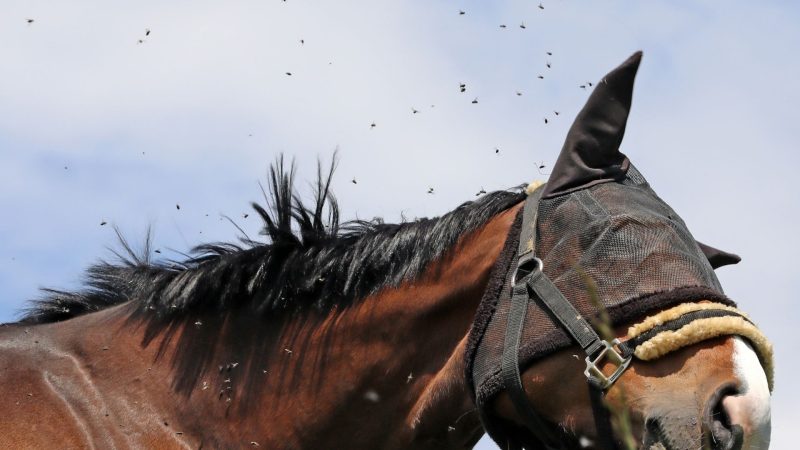
Female horse flies, in particular, are aggressive to both animals and humans. Their bites are extremely painful because their mouthparts can tear the skin of their victims.
They also carry equine infectious anemia —a bloodborne viral infection transmitted by insects like horse flies that can be fatal for horses and cattle.
What Are Horse Flies Attracted To?
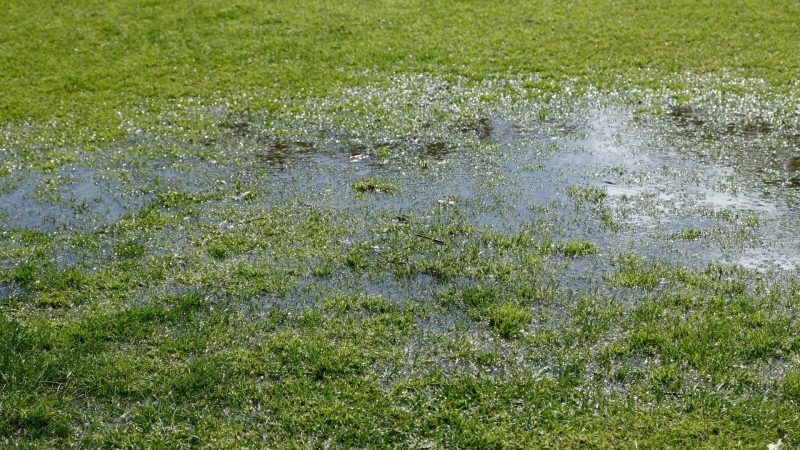
Horse flies are highly attracted to water sources, such as groundwater and sewage water. It’s where they typically mate, feed, drink, and lay eggs.
Eliminating these redundant water sources around your home can reduce the number of horse flies within your property.
Does Horse Fly Bite?
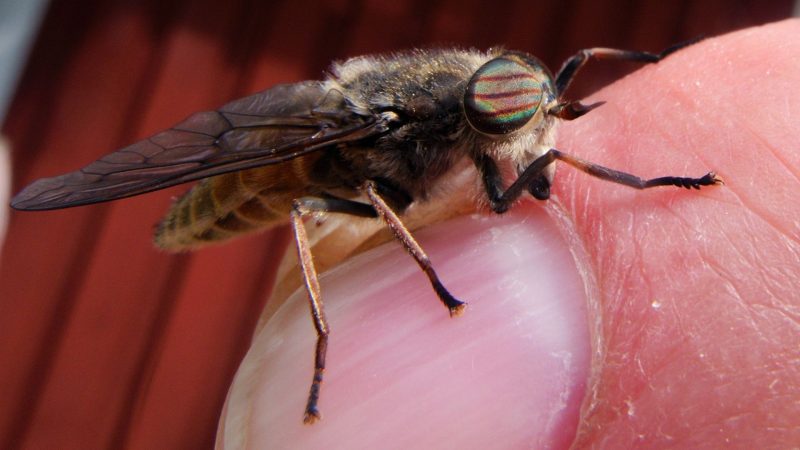
Horse flies do bite. The bite of a horse fly causes a mounted red skin in the bite area, which is painful to touch. It may cause a burning sensation, inflammation, and itchiness throughout the bite area. In extreme cases, the bites can cause an allergic reaction, resulting in swelling, dizziness, and fluid-filled welts.
Can Horse Flies Bite Through Clothing?
Female horse flies, in particular, have strong, dominant mouthparts that can go through clothing. They ingest blood as it’s needed to fertilize their eggs because of its protein-rich content.
It’s best to note that only the female horse flies bite because males don’t produce eggs. The male horse flies only feed on nectar because they have weak mouthparts.
How Do You Treat a Horse Fly Bite?
Horses are the prime target of horse flies. They usually bite the horses’ necks, undersides, withers, and legs.
Nonetheless, these flies bite humans too. So, whether it’s your equestrian friend or you who received the painful bite from these flies, you can treat the wound using the given steps below:
Step 1: Apply an ice pack to the bite area to lessen the itching and redness.
Step 2: Rinse the wound with clean water and wash it with skin or wound treatment, such as zinc oxide cream. You can also use anti-itch remedies, like calamine lotion and colloidal oatmeal.
Step 3: After that, monitor the bite wound during its healing process and look out for the signs of infections.
What Eats Horse Flies?
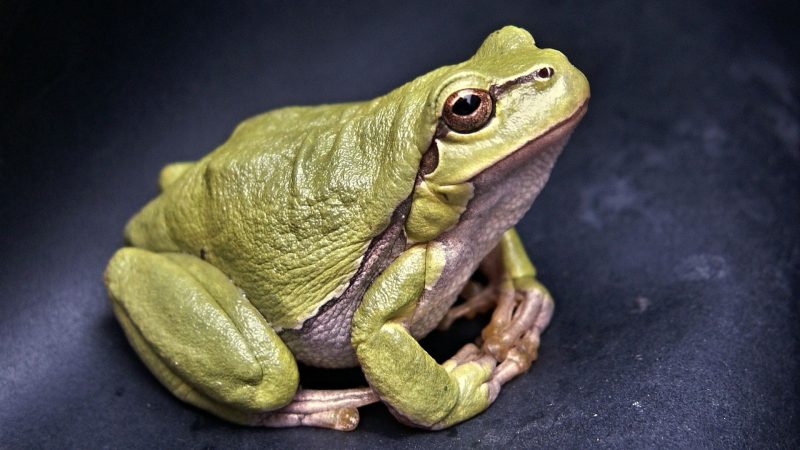
The natural predators of horseflies are the following:
- Birds
- Wasps
- Hornets
- Toads
- Frogs
- Dragonflies
Why Do Horse Flies Like Pools?
Horse flies are pretty active in warm and wet conditions. This is one of the reasons why they like pools.
Furthermore, they also need water sources, such as pools to lay their eggs.
Where Do Horse Flies Go at Night?
When the night falls, most horse flies take cover. They’ll find a spot to land and rest till the morning comes.
Some of the places they rest include tree branches and trunks, under the grasses, walls, corners, flat surfaces, curtains, and bath stalls.
What Time Are Horse Flies Most Active?
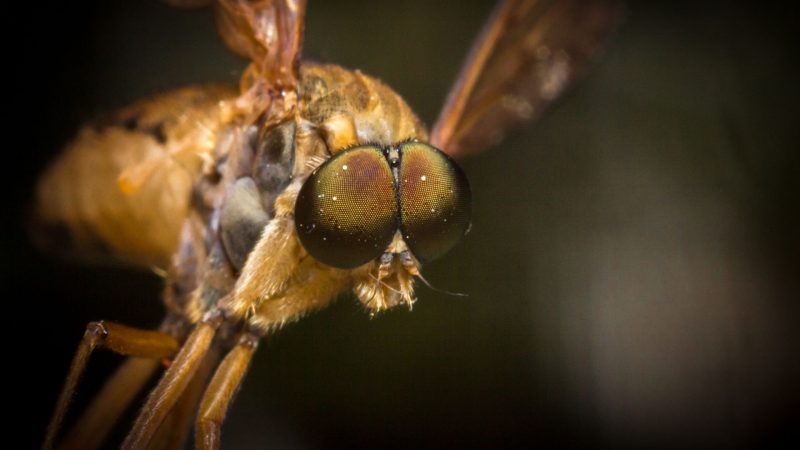
Horse flies are most active three hours after sunrise and before sunrise. Clocking your activities around these times can help you evade getting painful bites from these flies.
What Month Do Horse Flies Go Away?
During the beginning of August, horse flies start to go away for the year, but a few of them remain until the following year to develop.
How to Kill a Horse Fly?
After learning more about these nuisances, it’s time to know how to kill the horse flies. The following are some of the ways you can get rid of horse flies effectively:
Bug Zappers
Bug Zappers is one of your options to kill horseflies effectively. These products use light to lure horse flies and electrocute them once they got closer to the light.
Dish Soap and Vinegar
Mixing dish soap with vinegar is an effective solution against horseflies and most fly species. To make the solution, do as follows:
Step 1: Get an empty and clean spray bottle.
Step 2: Add two tablespoons of dish soap, two cups of white vinegar, and one cup of warm water.
Step 3: Next, shake the mixture thoroughly.
Step 4: Once done, the dish soap solution spray is ready to use.
Step 5: Finally, apply the solution by spraying it on horseflies. Observe how these flies die almost instantly using the dish-soap-vinegar solution.
Disposable Fly Traps
Using disposable traps is one of the best ways to trap pesky horse flies. These traps have an attractant (scent plus effective bait formula) that gets activated by water and sunlight.
Once the attractant is activated, it’ll lure the horse flies to enter the trap and will never have a chance to get out again. To use:
Step 1: Unpack the fly traps, and add the bait or attractant with some water.
Step 2: Once done, hang the trap near the places where horse flies are frequent.
A single trap can intercept up to 20,000 flies and is good for several weeks of use. You can find and purchase these products online .
Coke Bottle Trap with Rotten Meat
This trap is simple to make and is proven effective by most people. All you need to do is:
- Sharp scissors or a knife to cut the bottle.
- Empty plastic Coke bottle.
- 50 – 100 grams of rotten meat.
- Cellophane tape.
- Any other sharp object to make holes.
To make this trap:
Step 1: Cut the plastic Coke bottle in more than half.
Step 2: Put a hole in the Coke cap bottle.
Step 3: Once done, put the sliced rotten meat with some water in the bottle’s lower part.
Step 4: After that, put the upper part upside down.
Step 5: Secure the edges thoroughly with cellophane tape.
Step 6: Finally, hang the traps near the affected area, away from your cattle. The scent of the rotten meat will attract the horse flies to enter the bottle but won’t allow them to escape.
How Do You Keep Horse Flies Away Naturally?
To keep the flies away naturally, you can use repellent sprays, such as those given below:
Water-Based Spray
One way to keep the horse flies away naturally is by using a water-based spray. To make the solution, you’ll need the following ingredients:
- 1 cup water
- 1 tablespoon of citronella oil
- 1 tablespoon of eucalyptus oil
- 2 cups apple cider vinegar
Once you have all the listed ingredients, combine and shake them well and spray the solution in the affected areas.
If you have horses, you can also use this solution to prevent horse flies from affecting the horses. All you have to do is spray the mixture on a piece of clothing and wipe it into the face of your horse.
Remember not to wipe the solution around the top eyes of the horses to avoid irritating them. Reapply the repellent as needed.
Lavender Spray
To make the lavender spray, mix four parts of vodka or water with a portion of lavender oil. The scent is likable, but flies hate the strong smell of lavender.
Vinegar
Cider vinegar has been a common ingredient in several homemade fly sprays. This is typically used to keep horses and the environment fly-free.
To make the solution:
Step 1: Add ½ cup of sugar, 2 cups of water to ½ cup of vinegar.
Step 2: Then, mix and shake the ingredients thoroughly.
Step 3: After that, spray the solution on the affected area.
What Scent Do Horse Flies Hate?
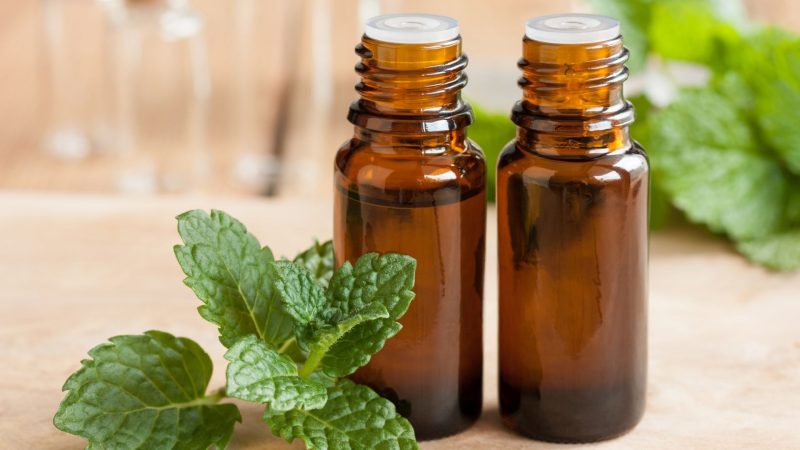
Horse flies particularly hate sprays with the following ingredients:
- Peppermint
- Lavender
- Catnip
- Eucalyptus
- Clove
- Rosemary
- Basil
- Tea tree
To make the solution from these natural oils, get a clean spray bottle and fill it with 1/2 or 3/4 part of water. Once done, put some drops of essential natural oil in the water and shake well. After that, spray the solution on your surroundings or the affected area.
What Can I Spray on Horse Flies?
There are many horse fly sprays available in the market today. Some of them are:
Farnam Endure Sweat-Resistant Fly Spray
- DEFEND YOUR HORSE’S HEALTH with Endure sweat-resistant fly,...
- POWERS THROUGH SWEAT and water; endure Sweat-Resistant Fly Spray...
- APPLY LESS & PROTECT MORE with this reliable horse fly spray;...
- INNOVATIVE EQUINE CARE in a simple spray bottle; made with...
- CONVENIENT TO USE & AVAILABLE in 15 oz. finishing spray, 32 oz....
The Farnam Endure Sweat-Resistant Fly Spray is a spray specially formulated for horses. This product contains Cypermethrin, RepeLock, and Pyrethrins known to combat and control mosquitoes, ants, and most fly species, including horse flies.
This product is ready to use, so all you have to do is spray this on the affected area. To use:
Step 1: Make sure to shake well before using this product.
Step 2: Brush the coat of your horse to eliminate dirt and debris.
Step 3: Spray or wipe the product into the horse’s coat, and let it dry.
Pros:
- Effective.
- Can work under wet conditions.
- Provides 14 days of fly control.
- Protect horses from gnats, flies, ticks, and lice.
- With Repelock conditioner.
Cons:
- Expensive.
Farnam Bronco Equine Fly Spray
Unlike the Farnam Endure Sweat-Resistant Fly Spray, which is only used for horses, the Farnam Bronco Equine Fly Spray is ideal for dogs, horses, and premises. So, whenever you encounter horse flies problems in your area, you can immediately spray this and see the result.
For animal application:
Step 1: Make sure to remove the dirt and dust from your pet before applying the product.
Step 2: Then, apply the product by slowly misting it into the coats of your horse or dog.
Step 3: After that, brush the pet’s coat gently. Make sure not to spray the eye section and wipe the part, using a piece of cloth instead.
Pros:
- Good for horses, dogs, and premises use.
- Effective.
- Kills most fly species, ticks, chiggers, and lice.
List of Sources
Tabanidae. Integrated Taxonomic Information System – Report.
Townsend, L. (2000). Horse Flies and Deer Flies. University of Kentucky.
Water Quality: Riparian Zones. Utah State University.
- How to Get Rid of Copperheads | Practical Guide - August 27, 2023
- How to Get Rid of Corn Snakes | What Makes Them Aggressive? - August 27, 2023
- How to Get Rid of Alligators | Safety Measures and Removal Methods - July 16, 2023



